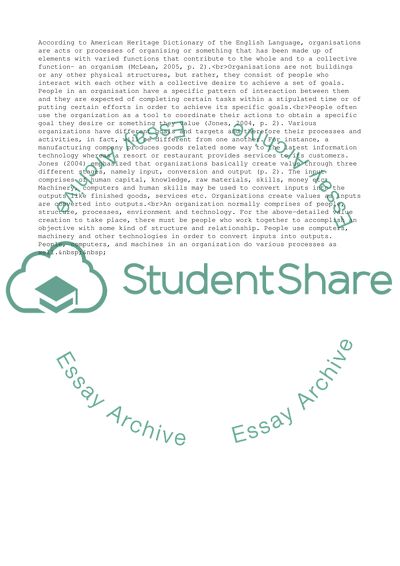Cite this document
(Managing Organisational Design and Change Assignment - 1, n.d.)
Managing Organisational Design and Change Assignment - 1. Retrieved from https://studentshare.org/management/1744873-managing-organisational-design-and-change
Managing Organisational Design and Change Assignment - 1. Retrieved from https://studentshare.org/management/1744873-managing-organisational-design-and-change
(Managing Organisational Design and Change Assignment - 1)
Managing Organisational Design and Change Assignment - 1. https://studentshare.org/management/1744873-managing-organisational-design-and-change.
Managing Organisational Design and Change Assignment - 1. https://studentshare.org/management/1744873-managing-organisational-design-and-change.
“Managing Organisational Design and Change Assignment - 1”, n.d. https://studentshare.org/management/1744873-managing-organisational-design-and-change.


